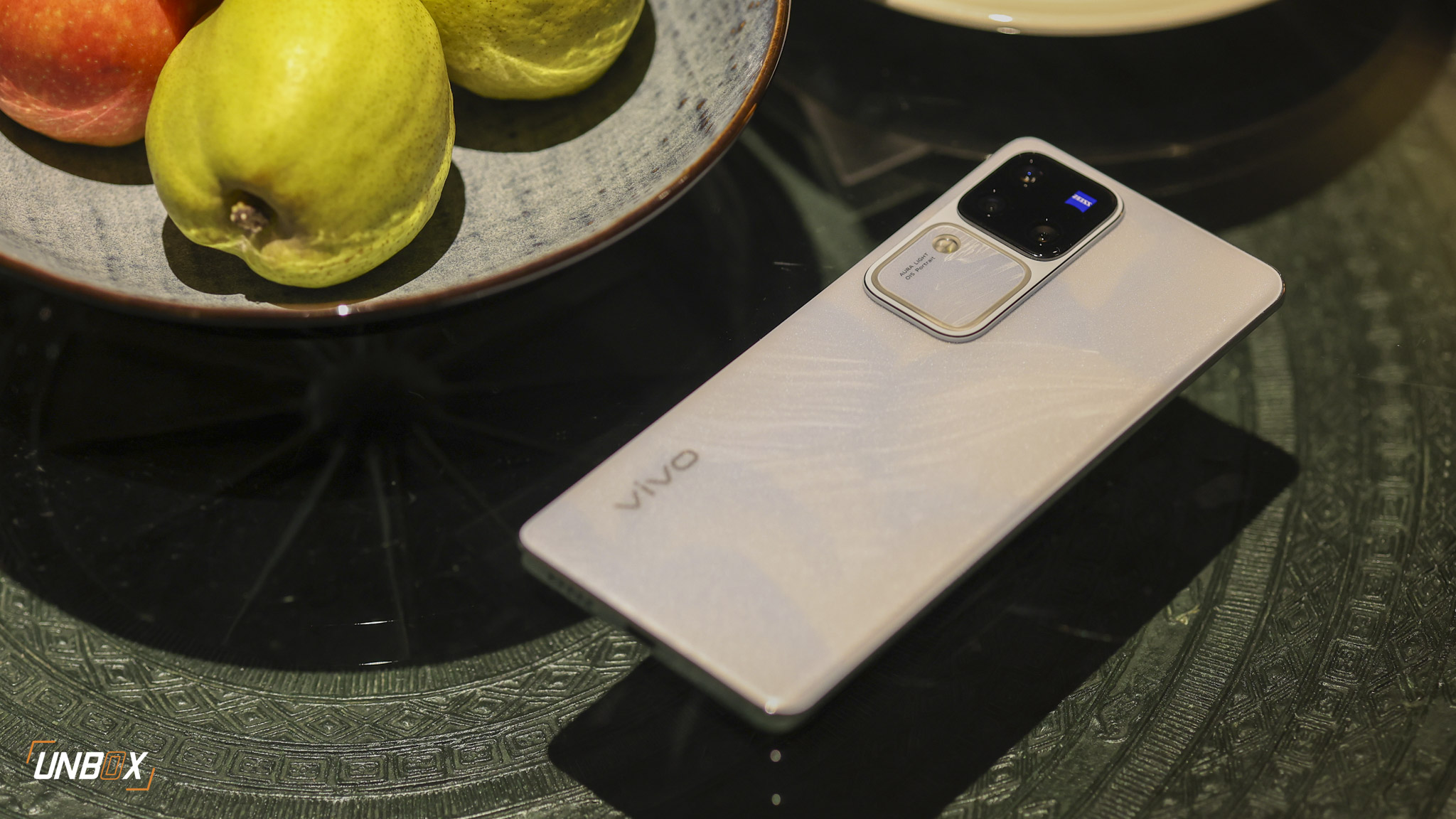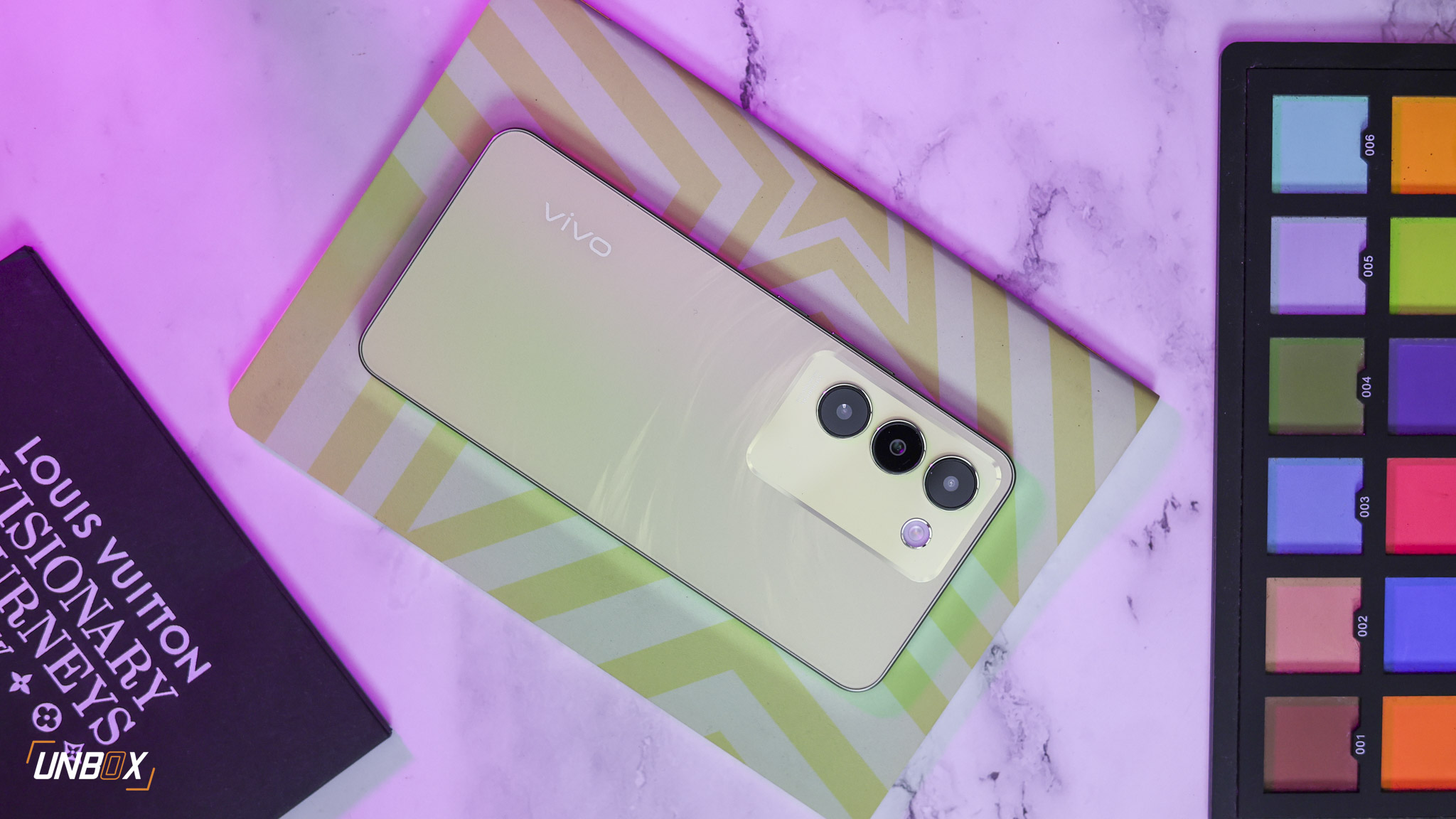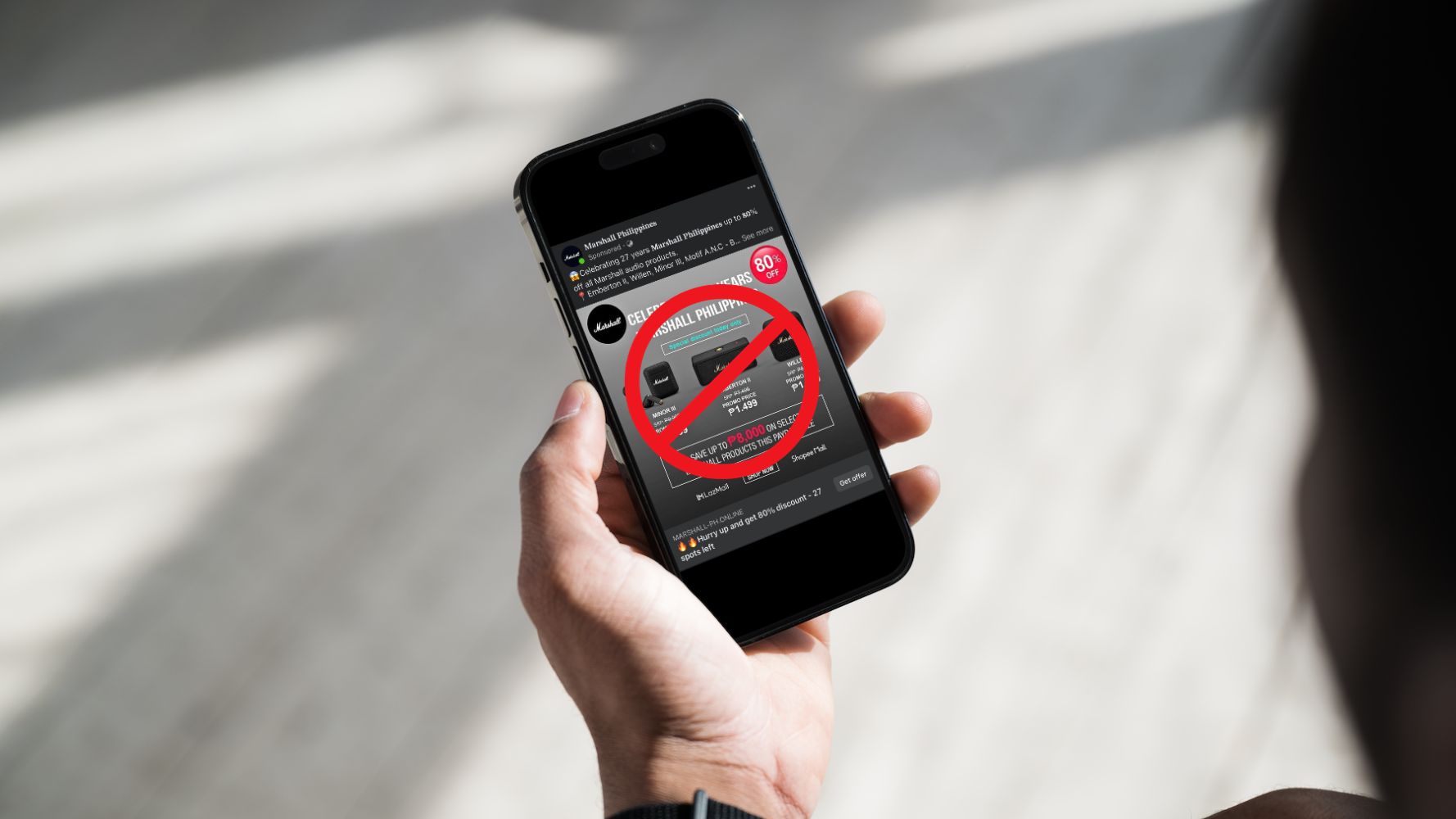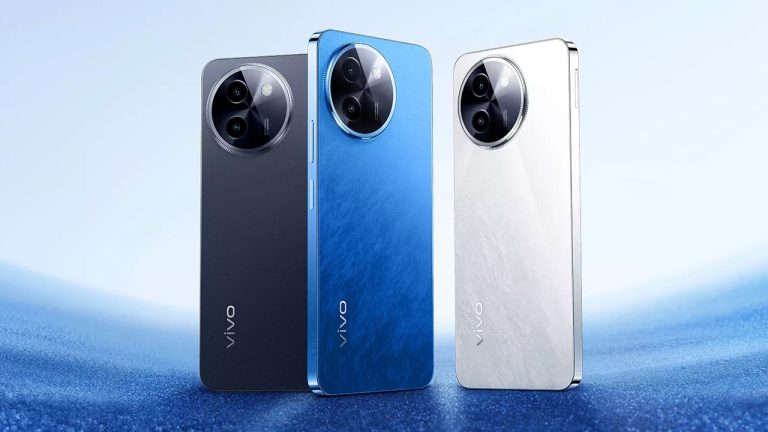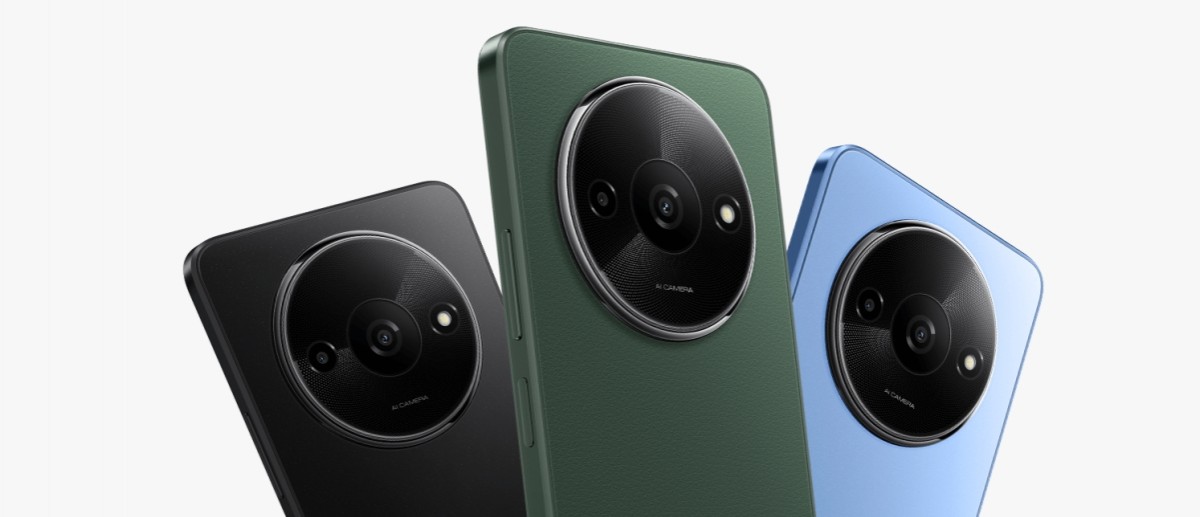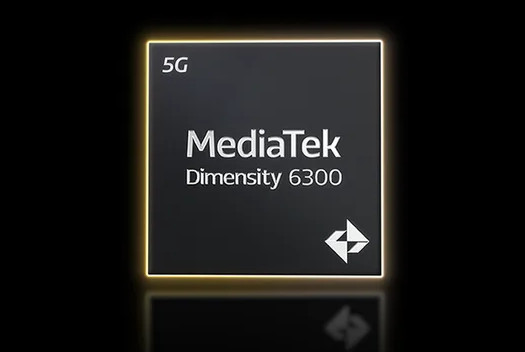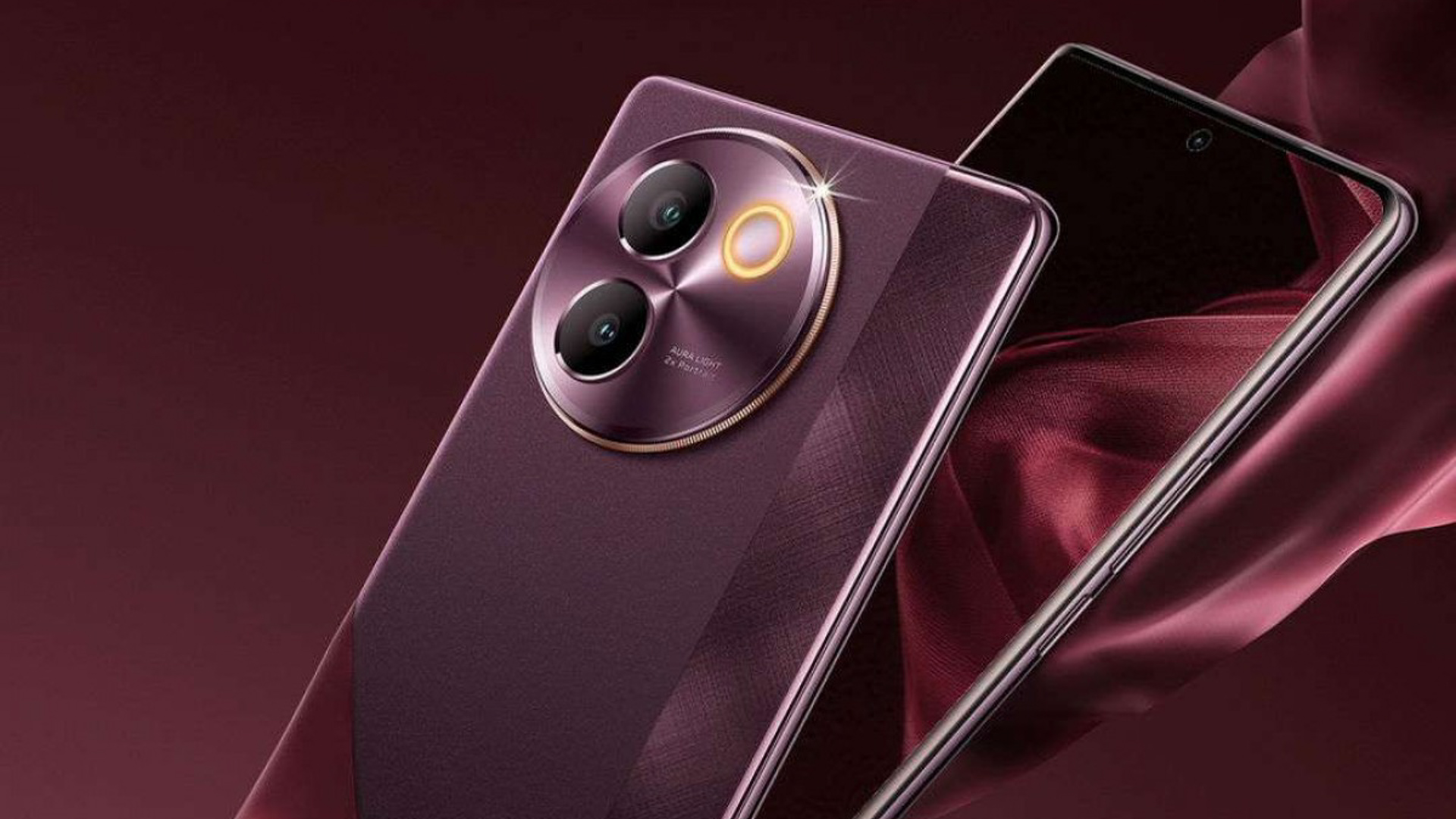We check out the top mid-range laptops out there!
ASUS’ bold new ZenBooks managed to revolutionize notebooks by dramatically shrinking their overall dimensions but still retaining their respective screen sizes. For the ZenBook 13, that means you’re getting a notebook with a 13-inch display in a chassis that’s only as big as a typical 11-inch laptop.
With a starting price of Php 54,995, the ZenBook 13 will be going head-to-head with two other ultrabook offerings: the Dell XPS 13 and the HP Envy 13. We managed to get our hands on all three notebooks today and we’ll be taking a quick look at all three. How well do they stack up against each other?
 Build
Build
While all three laptops sport an aluminum top cover, the ZenBook 13 gets plus points for its magnesium-aluminum build, which is superior compared to the XPS 13’s composite build and the Envy 13’s aluminum build—at least on paper.
As for the finish, we dislike the fact that the ZenBook 13’s concentric circle finish is a fingerprint magnet compared to the brushed aluminum finish on the XPS 13 and Envy 13. As for the weight, the XPS 13’s composite build makes its the lightest laptop among the three.
Size
While all three laptops come with a 13-inch display, the ZenBook 13 easily wins this category as it is the most compact 13-inch laptop. Aside from having virtually no bezels, what makes the ZenBook 13’s size more impressive is that it comes with a traditional webcam placement, as opposed to the XPS 13’s unconventional webcam placement.
Ports
While both the Envy 13 and ZenBook 13 have a distinct advantage over the XPS 13 for having USB-A ports, the Envy 13’s flap on its ports doesn’t exactly inspire confidence. Any moving part is usually prone to breakage, and we hope that the unique USB cover is durable enough to ensure thousands of USB inserts, for HP’s sake.
Aside from having full-sized USB 3.0 ports, the ZenBook 13 also has a full-sized HDMI port as well—something the XPS 13 and Envy 13 does not have.
While the XPS 13 is limited to USB-C ports, a MicroSD card slot, and a headphone jack, it comes with a handy battery check button on the side that lets you determine how much juice you have left without physically booting up the laptop.
 User experience
User experience
The ZenBook 13’s compact size cuts corners with its keyboard layout: unlike the XPS 13 and Envy 13, the ZenBook 13’s keys are smaller than either. Between the three, the Envy 13 has the best tactile feel for its keyboard, along with having keys that are comfortable enough for those with large fingers.
The only turn off with the Envy 13 is the fingerprint scanner placement: instead of being placed at the keyboard area, HP opted for a side-mounted fingerprint scanner on the Envy 13. The placement feels a bit unnatural should you opt to activate the fingerprint scanner.
 Verdict: It’s a tight match between the Envy 13 and ZenBook 13
Verdict: It’s a tight match between the Envy 13 and ZenBook 13
While the Envy 13 has a superior build and better keyboard, the ZenBook 13 has the slight edge for having a more complete set of ports and an ErgoLift design that helps in dissipating heat in improving one’s typing position. If you want to play it safe and you are after weight, the XPS 13 is a good choice as it is in the middle of both the ZenBook 13 and Envy 13 in terms of size and design.
Another major factor with the ZenBook 13 is the price: among the three, the ZenBook 13 is the most affordable, with the entry-level model priced at Php 54,995 (you get an i5 processor, 8GB RAM, 256GB SSD with that price). The Envy 13, on the other hand, is more expensive at Php 58,980, but you get a dedicated GPU with that price.















